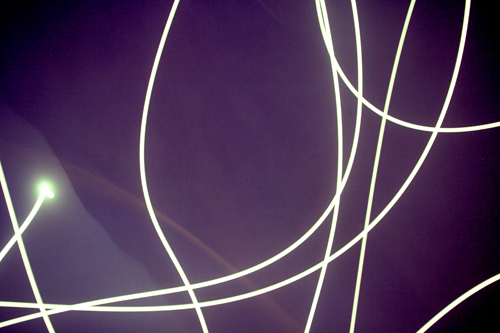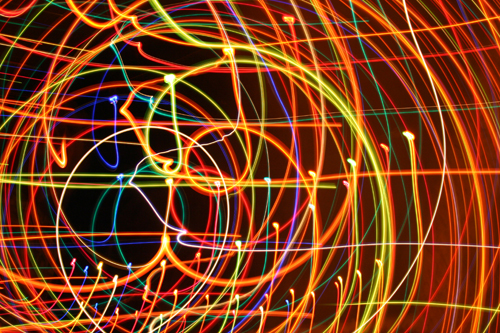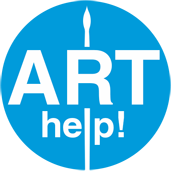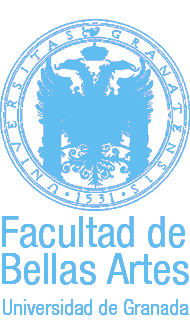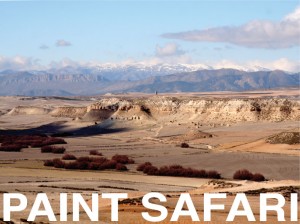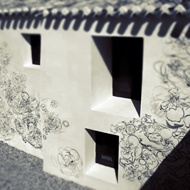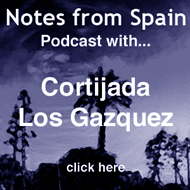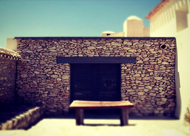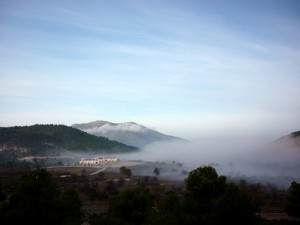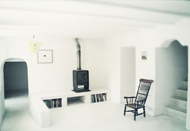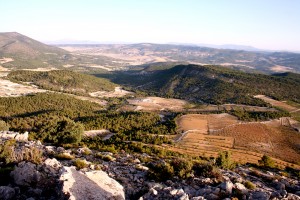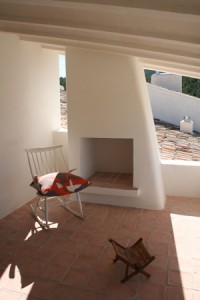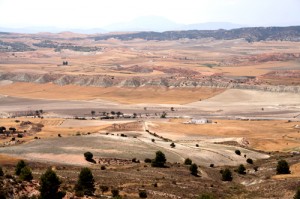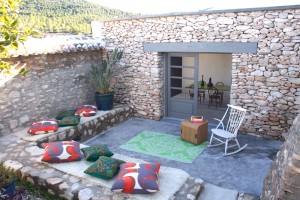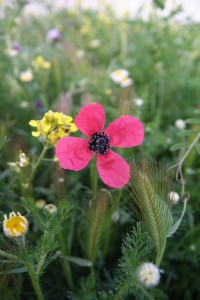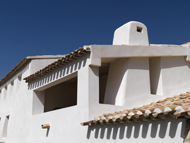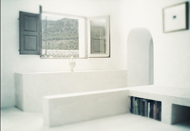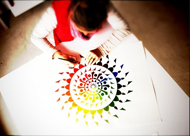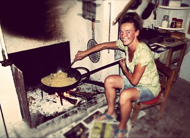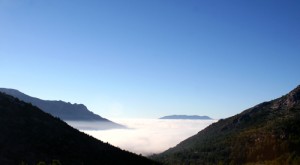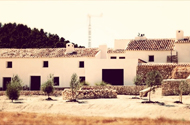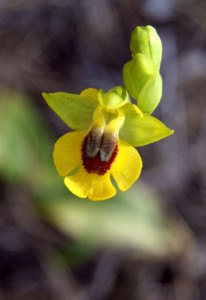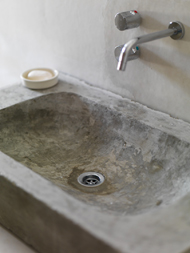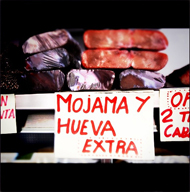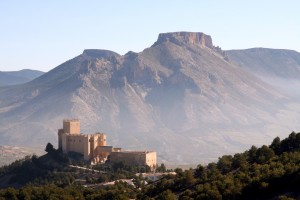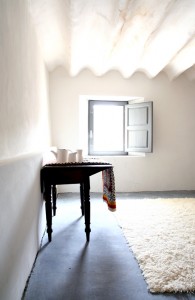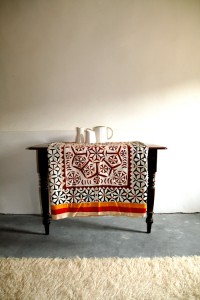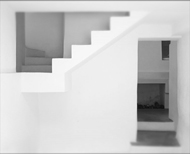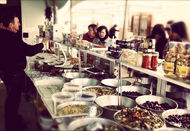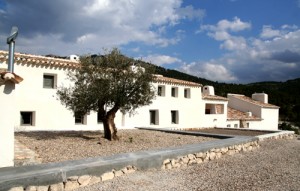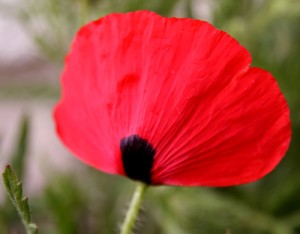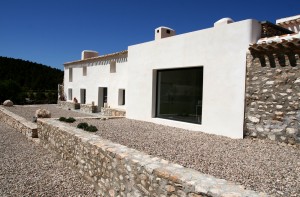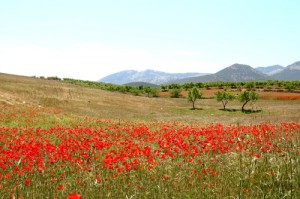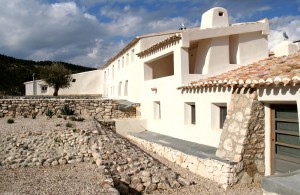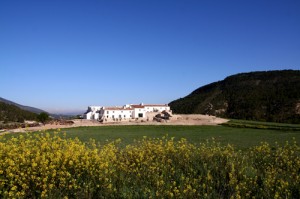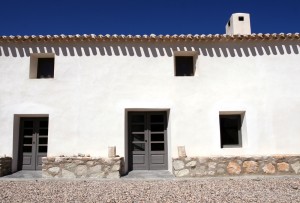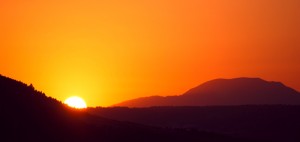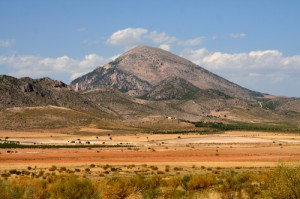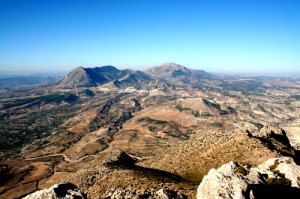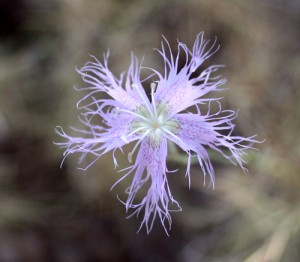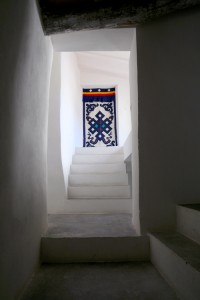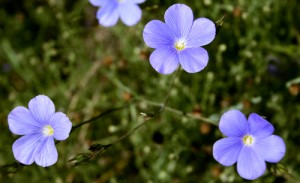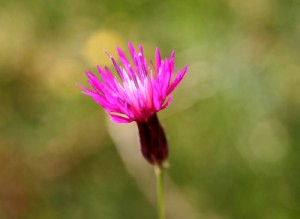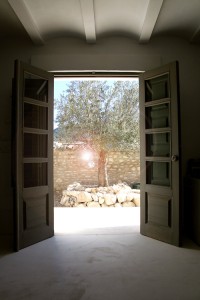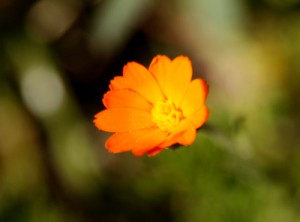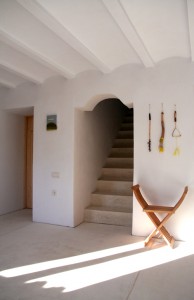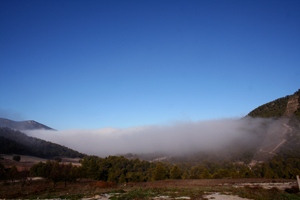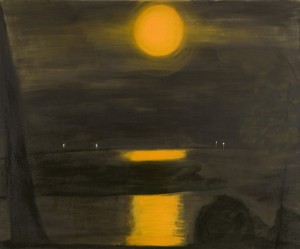 The everyday becomes evocative in the hands of this New York City artist. By Maura Egan
The everyday becomes evocative in the hands of this New York City artist. By Maura Egan
Kathryn Lynch wrinkles her nose when people refer to her work as landscape painting. “That’s like something you get at a tag sale.” says the NYC-based artist, who is more likely to align herself with tortured Expressionistic painters like Francis Bacon and Frank Auerbach than masters of the pastoral Hudson River School. Though her large, moody canvases show the beach outside her Long Island summer house on Shelter Island and the skyline viewed from her SoHo studio, Lynch regards her images as abstract rather than realistic. In a process she calls ” a combination of remembering and forgetting,” she collects visual data from her daily surroundings, then transforms it into dreamlike depictions.
In her paintings of the Hudson River at night, for instance, the water and shoreline buildings are rendered in impressionistic brushstrokes of cobalt and midnight-blue dappled with pale-yellow dots that represent lights twinkling from the bridges and windows. “Kathryn deals with notions of space and light, and then with the slightest application of color, a form such as a boat or a tree comes into play.” says Ken Jones Jr., who has shown her work at his gallery, Mercantile Home in Easton, Pennsylvania.
The scenes may have a tranquil air about them, but Lynch is an intense person. She decided to become an artist during her junior year of high school when her mother was dying. “I just realized that life was short and I wanted to make a mark, to create beauty,” says the painter, who is included in a group show at Manhattan’s Sears-Peyton Gallery, July 2- August 14. Today that means spending long days in her studio, taking breaks only to stroll the city streets, gathering inspiration for her next piece. “When I’m working,” she says, “the whole world goes away.”
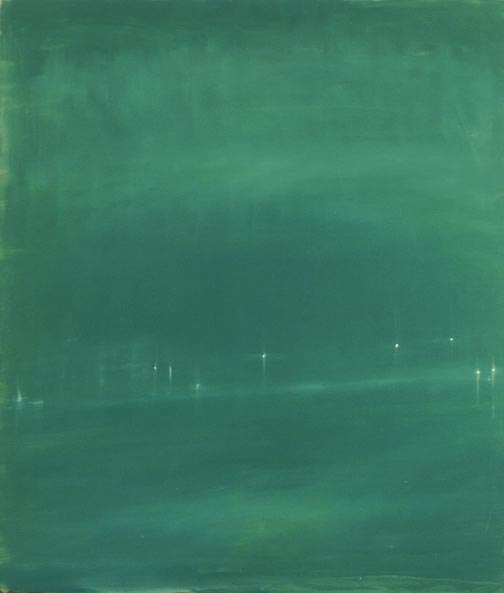 Katheryn Lynch is represented by Sears-Payton Gallery, Manhattan, New York. You can find out more about the gallery here.
Katheryn Lynch is represented by Sears-Payton Gallery, Manhattan, New York. You can find out more about the gallery here.
You can learn more of the work of Katryn Lynch here.
EDUCATION
1983 William Smith College, Geneva, NY
1991 Skowhegan, Skowhegan, ME
1990 MFA University of Pennsylvania, Philadelphia, PA
SOLO EXHIBITIONS
2008 Sears Peyton Gallery, New York, NY
2007 Nina Freudenheim, Inc. Buffalo, NY
2005 Alycia Duckler, Porland Oregon
2004 Victoria Munroe Fine Art, Boston, MA
2002 Alycia Duckler Portland, Oregon
1996 Charles Cowles, project room, New York, NY
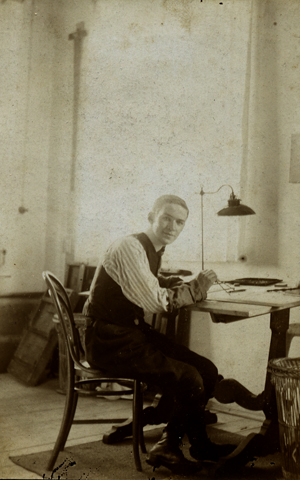 Cortijada Los Gazquez would like to extend it’s residency, Joya, to include writers as well (escribir también) as artists.
Cortijada Los Gazquez would like to extend it’s residency, Joya, to include writers as well (escribir también) as artists.
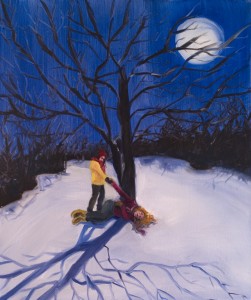
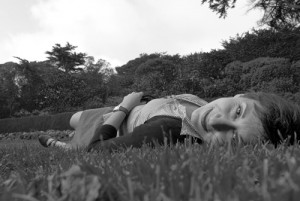
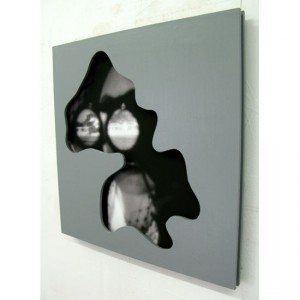
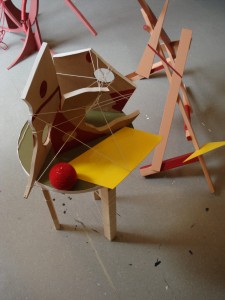 My practice is rooted in drawing as a process of articulating bodily gesture. I am interested in exploring the destabilised, deconstructed and symbolic in order to create my own visual language.
My practice is rooted in drawing as a process of articulating bodily gesture. I am interested in exploring the destabilised, deconstructed and symbolic in order to create my own visual language.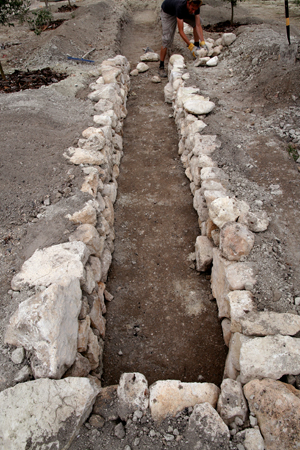 Here at Los Gazquez, with the help of able bodied
Here at Los Gazquez, with the help of able bodied 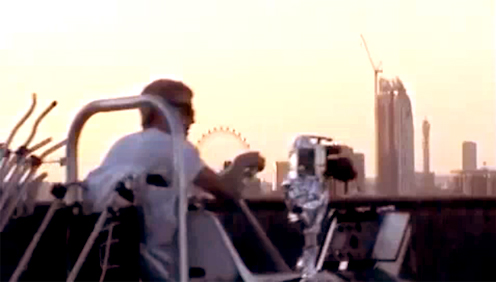

 The everyday becomes evocative in the hands of this New York City artist. By Maura Egan
The everyday becomes evocative in the hands of this New York City artist. By Maura Egan Katheryn Lynch is represented by Sears-Payton Gallery, Manhattan, New York. You can find out more about the gallery
Katheryn Lynch is represented by Sears-Payton Gallery, Manhattan, New York. You can find out more about the gallery 